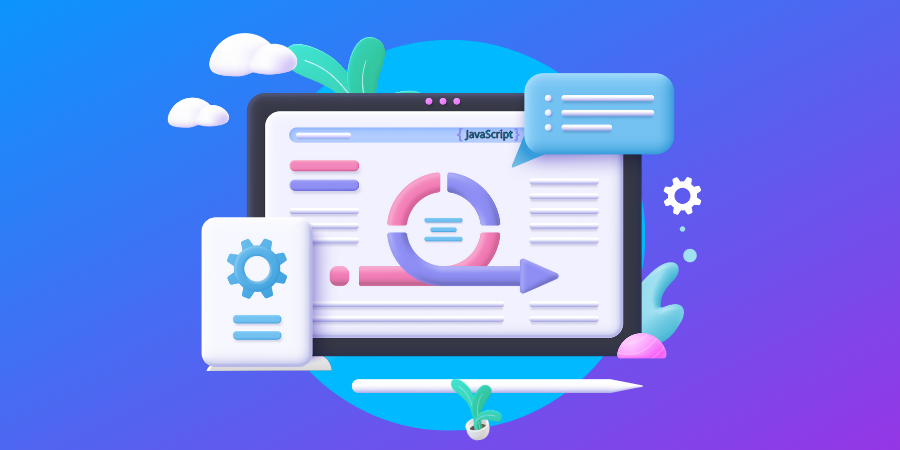WordPress Website Development: The Ultimate Guide to Building a Powerful Online Presence
WordPress Website Development: The Ultimate Guide to Building a Powerful Online Presence
Blog Article
In today’s digital age, having a well-designed website is more than just a luxury—it’s a necessity. Whether you're a blogger, small business owner, or developer, WordPress website development offers the tools and flexibility to create stunning, functional websites without breaking the bank.
But what makes WordPress the go-to platform for millions of websites worldwide? And how can you develop a WordPress site that not only looks great but also performs well?
In this article, we'll walk you through the essentials of developing a WordPress website, the tools you'll need, and the steps to make your site SEO-ready and user-friendly.

Why Choose WordPress?
WordPress powers over 43% of all websites on the internet. That’s a huge number, and there’s a good reason for it.
Here’s why WordPress is the platform of choice:
-
Open-source & free: You don’t need to pay a licensing fee.
-
Highly customizable: Thousands of themes and plugins available.
-
Beginner-friendly: Easy interface, especially with page builders like Elementor.
-
SEO-ready: Built-in features and plugins like Rank Math make optimization simple.
-
Community support: A massive ecosystem with forums, tutorials, and resources.
Whether you’re starting a blog, building a portfolio, or launching an e-commerce store, WordPress has something for everyone.
Step-by-Step: How to Develop a WordPress Website
1. Choose Your Domain and Hosting
Your domain such as thetechboard.net is your digital identity, and hosting is where your website lives. Choose a domain that reflects your brand, and a hosting provider that offers:
-
WordPress-specific optimization
-
Fast load times
-
SSL certificate
-
Daily backups
Recommended Hosting Providers:
SiteGround, Hostinger, Bluehost, WP Engine
2. Install WordPress
Most hosting services offer 1-click WordPress installation. Once installed, you can access your admin dashboard (usually at yourdomain.com/wp-admin) and begin customizing.
3. Pick a WordPress Theme
Your theme defines the design and layout of your website. You can choose from thousands of free themes in the WordPress theme repository or go for premium options from platforms like ThemeForest or Elegant Themes.
Popular Themes:
-
Astra
-
OceanWP
-
Neve
-
Kadence
-
Hello Theme (for Elementor users)
???? Tip: Choose a lightweight theme optimized for speed and SEO.
4. Install Essential Plugins
Plugins add functionality to your WordPress site. But too many plugins can slow down your site—so choose wisely.
Must-Have Plugins for WordPress Website Development:
| Plugin | Purpose |
|---|---|
| Rank Math SEO | Search engine optimization |
| Elementor | Drag-and-drop page builder |
| WPForms | Contact forms |
| WooCommerce | E-commerce functionality |
| WP Rocket | Speed and caching |
| UpdraftPlus | Backup and restore |
| Wordfence | Security and firewall |
5. Customize Your Site
Use the Customizer or a page builder to tweak:
-
Logo and site identity
-
Header and footer layouts
-
Navigation menus
-
Typography and color schemes
-
Page content (Home, About, Contact, Blog, etc.)
If you're using Elementor, it gives you real-time drag-and-drop customization—perfect for non-coders.
6. Add Important Pages
Every professional website should have the following pages:
-
Home Page: Capture attention with clear CTAs and branding.
-
About Page: Tell your story and build trust.
-
Services/Products: Highlight what you offer.
-
Blog: Share insights, updates, and tutorials.
-
Contact Page: Make it easy for visitors to reach you.
-
Privacy Policy & Terms: Crucial for compliance, especially with GDPR.
7. Optimize for SEO
This is where Rank Math comes in. It helps you optimize your:
-
Page titles & meta descriptions
-
Focus keyword usage
-
Internal & external linking
-
Schema markup
-
XML sitemaps
Always use your target keyword—in this case, WordPress website development—in your title, headings, and body content naturally.
Best Practices for WordPress Website Development
-
✅ Use a staging environment to test changes before going live.
-
✅ Keep everything updated: Core, themes, plugins.
-
✅ Use a caching plugin for faster load times.
-
✅ Compress images using plugins like ShortPixel or Smush.
-
✅ Secure your site with a firewall and regular backups.
-
✅ Monitor performance with tools like GTmetrix or Google PageSpeed Insights.
Common Mistakes to Avoid
-
❌ Installing too many plugins
-
❌ Choosing a poorly coded or outdated theme
-
❌ Ignoring mobile responsiveness
-
❌ Forgetting to set permalinks (use “Post name” structure)
-
❌ Neglecting SEO from the start
Final Thoughts
WordPress website development doesn’t have to be overwhelming. With the right tools, a bit of planning, and a focus on SEO, you can build a site that not only looks great but performs well and ranks on Google.
Whether you're launching your first site or revamping an old one, WordPress gives you the flexibility to grow with your vision.
Read more:
The Future of Mobile Devices: Top 3 Foldable Smartphones of 2025 - Tech Board
Report this page